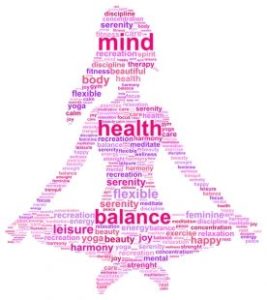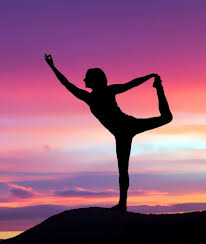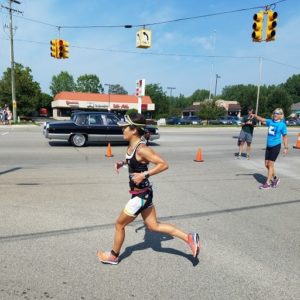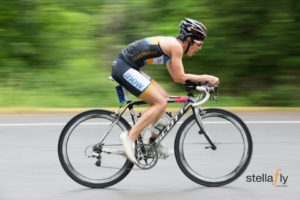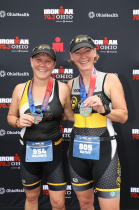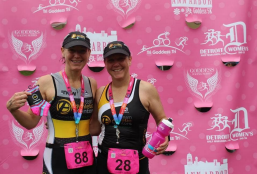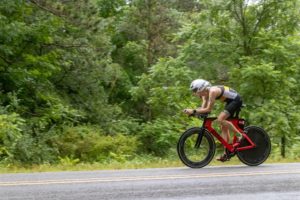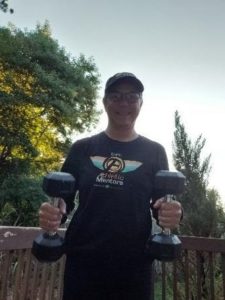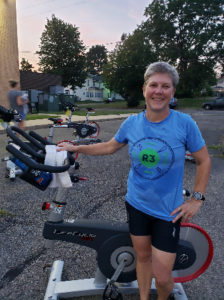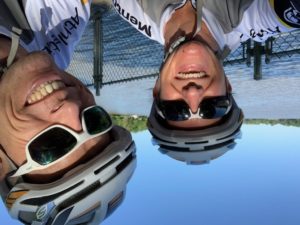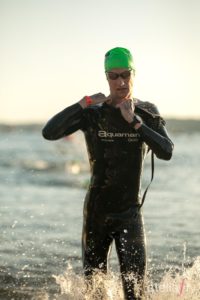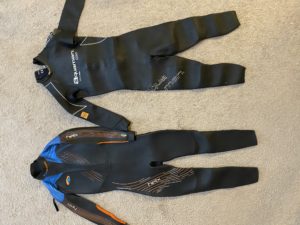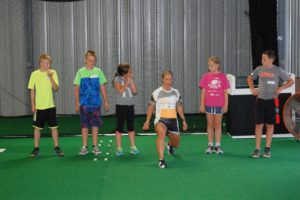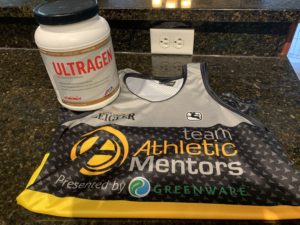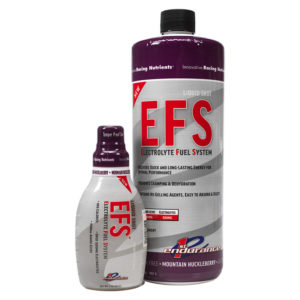By: Raquel Torres
Sweating can be embarrassing if you are at work, school or a meeting, but sweating could also be beneficial for your health. The almost 1 liter of sweat our bodies produce per day can strengthen our immune system and give us healthy-looking skin.
Doctors, scientists and dermatologists talk about the several benefits of sweating. It is the way the body and the skin protect itself from overheating. Sweating also increases the blood circulation and the drips of sweating is the proof of our body’s built- in mechanism to keep it cool while opening up and unclogging the pores, the dropplets consist primarily of water, sodiums, chloride and potassium to an extent. 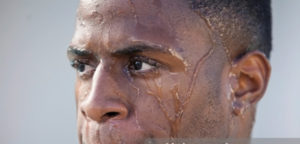
- Detoxifies The Body
Sweating can flush the body substance of alcohol, cholesterol and salt. In fact, a 2012 study found that sweating plays an important role in expelling heavy metals like mercury, lead, cadmium, and arsenic from the body because they dissolve readily in water. Sweat can’t flush out all toxic compounds, so it’s important to drink filtered water and follow a healthy diet in order to avoid other low-dose chemical threats.
- Lowers Kidney Stone Risk
Sweating is an effective way to flush out the salt and retain calcium in our bones. This limits the accumulation of salt in our kidneys and urine, which is where the stones come from.
- Good Mood By Boosting Endorphins
Group exercises like zumba or hot Yoga, like any other workout, can help to put a smile on your face. Sweating releases endorphins, which are hormones that trigger positive feelings in the body. This can do wonders for your mood and overall well-being.
While you certainly don’t have to venture to a sweat lodge on a hot summer’s day to experience the benefits of sweating, you can find a practice that works for you in order to get in on the feel-good effects of this natural bodily function. Just be sure to recover from any cardio workout or sweat session with plenty of water to keep your body hydrated.
- Immunity
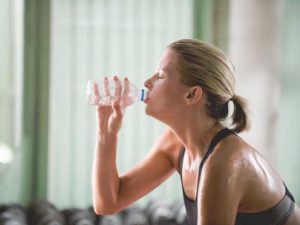 The skin is considered a vital part of the immune system, which makes sense considering it’s often the first line of defense against everything you come in contact with each day. Any bodily fluids are part of this biological defense system, serving as a deterrent for germs to take hold; additionally, human sweat contains a natural germ-killing protein called dermcidin, which can protect against strains of germs and viruses that cause diseases. Several research documents show that these natural substances are more effectives in the long term than traditional antibiotics because germs are not capable of quickly developing resistance to them. The natural antibiotic is naturally activated with salt and slightly acidic sweat.
The skin is considered a vital part of the immune system, which makes sense considering it’s often the first line of defense against everything you come in contact with each day. Any bodily fluids are part of this biological defense system, serving as a deterrent for germs to take hold; additionally, human sweat contains a natural germ-killing protein called dermcidin, which can protect against strains of germs and viruses that cause diseases. Several research documents show that these natural substances are more effectives in the long term than traditional antibiotics because germs are not capable of quickly developing resistance to them. The natural antibiotic is naturally activated with salt and slightly acidic sweat.
- Weight Loss
First and foremost, sweating is thought to boost weight loss. Yes, you may lose water weight during a session that will inevitably come right back, but because your body is working so hard to cool you down, you’re also using energy and burning calories, which contributes to more permanent weight loss.
- Improves Your Skin
Sweat purges the body of toxins that can clog the pores and plague the skin with pimples and blemishes. It can also expel impurities like pollutants, dirt, and makeup embedded in the skin. It’s thought to improve the tone, clarity, and texture of the skin and is known to improve circulation, which can benefit the skin as well.
- Muscle Recovery
Although a sweat session alone (like sauna) won’t help you build muscle, it can aid in muscle recovery. Sweating boosts circulation and helps flush out lactic acid, according to researchers this can alleviate soreness and speed up the recovery process.
- Heart Health
Putting the body in a situation where it needs to cool itself down by sweating can get your heart pumping similar to a cardio workout. Additionally, research shows that sweating, whether it be from physical exercise or from sitting in a sauna environment, can reduce the risk of cardiovascular health problems. A study published in 2015 by The Jama Internal Medicine; followed Finnish men for 20 years, found that those who sweat in a sauna more frequently were less likely to develop a fatal disease over the course of the study.
So will all this information, let’s get motivated to do your favorite physical exercise and get sweating!






